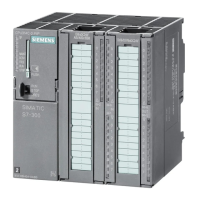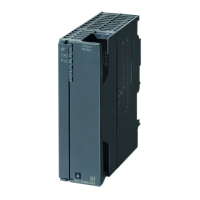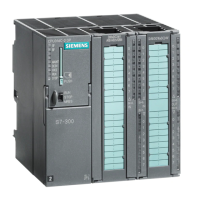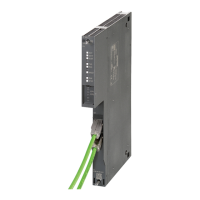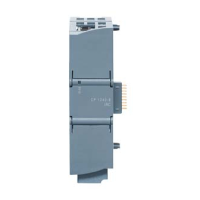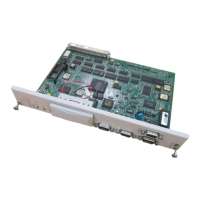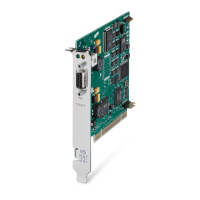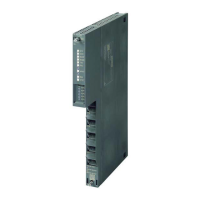Configuring
4.11 Planning subnets
S7-300, CPU 31xC and CPU 31x: Installation
Operating Instructions, Edition 08/2004, A5E00105492-05
4-45
4.11.3 Configuring PROFINET subnets
4.11.3.1 Overview
The next section contains all the information you require to configure PROFINET subnets:
Contents
• PROFINET nodes
• Integration of field bus system into PROFINET
• PROFINET IO and PROFINET CBA (Component-Based Automation)
• PROFINET cable lengths
• Ethernet bus cable and connector
• Example of a PROFINET subnet
• Example of a PROFINET IO system
4.11.3.2 PROFINET nodes
Definition: Nodes in the PROFINET environment
Within the context of PROFINET, "node" is the generic term for:
• Automation systems
• Field devices (for example, PLC, PC, hydraulic devices, pneumatic devices)
• Active network components (for example, distributed I/O, valve blocks, drives)
The main characteristics of a node is its integration into PROFINET communication by
means of Ethernet or PROFIBUS.
The following device types are distinguished based on their attachment to the bus:
• PROFINET nodes
• PROFIBUS nodes
Definition: PROFINET nodes
A PROFINET node always has at least one Industrial Ethernet port. A PROFINET node can
also have a PROFIBUS port, that is, as master with proxy functionality. In exceptional
circumstances, a PROFINET node can also have more than one PROFIBUS port (for
example the CP 5614).
Definition: PROFIBUS nodes
A PROFIBUS node has at least one or more ports.
A PROFIBUS node cannot take part directly in PROFINET communication, but must be
implemented by means of PROFIBUS master with PROFINET port or Industrial
Ethernet/PROFIBUS link (IE/PB Link) with proxy functionality.

